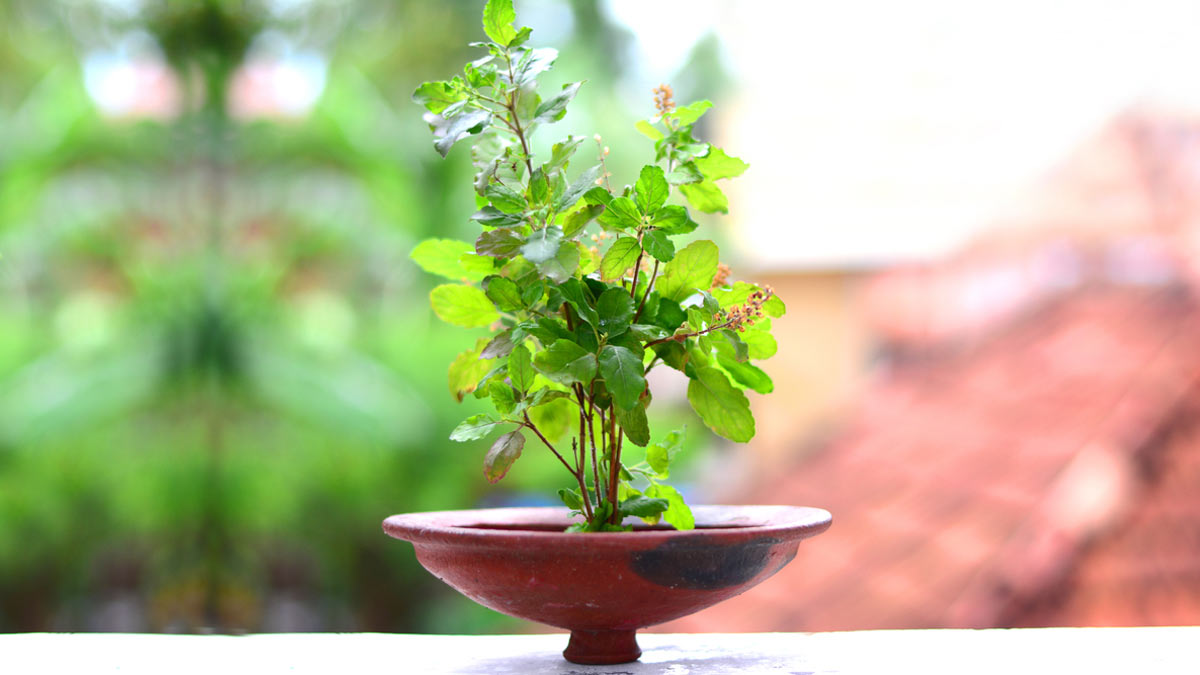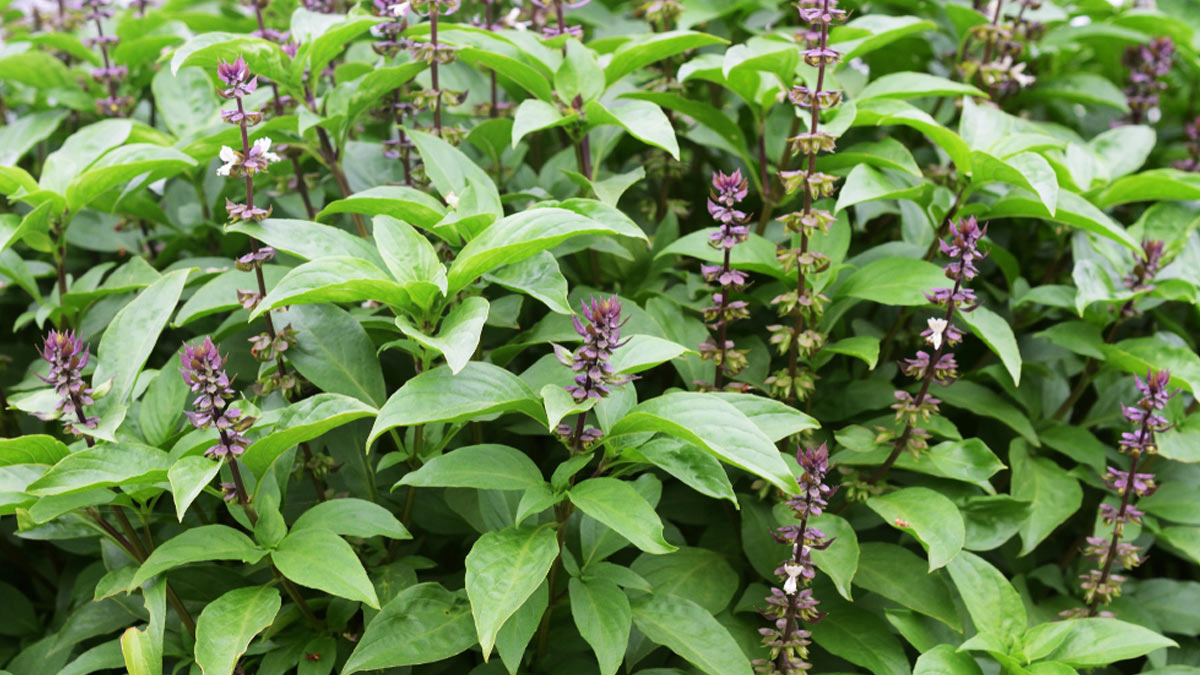
Into The Bloom: How To Grow Tulsi At Home
Also known as Holy Basil, Tulsi is hailed for its medicinal properties. The herb is known to treat many common ailments like fever, cold, cough, stress, blood pressure among others. A lot of us like to add tulsi leaves to our teas for their health benefits and strong flavour. However, many don't have a Tulsi plant at home and use dried, packed leaves from the grocery store for their recipes.
How To Grow a Tulsi Plant At Home?
Growing a Tulsi plant at home is easy. It is easy to grow from both seeds and cuttings. To grow a Tulsi plant from seeds, sprinkle the seeds on the top of the soil. Using your fingers, press the seeds down. Make sure the soil is moist.
A cutting can also be used to grow a Tulsi plant. Cut a stem from a fully grown plant. Remove the flowers and leaves. Place the cutting in a glass of water and keep it near the window. Keep changing the water. The cutting will take root in a few weeks. Once the root grows, place the cutting in a pot.
What Are the Types Of Tulsi Plants?

In India, there are different varieties of holy basil available, each having a different characteristic. Three of the most commonly grown tulsi plants are - Rama, Krishna, and Vana.
Rama Tulsi
This one has light green leaves and purple flowers. Rama Tulsi smells a lot like cloves. Rama Tulsi leaves are perfect to be added to tea.
Krishna Tulsi
This Tulsi plant has purple leaves. They grow much slower than other varieties of Tulsi. They have a stronger and spicier flavour. Leaves of the Krishna Tulsi plant are ideal to be used to treat respiratory infections.
Don't Miss: Into The Bloom: How To Grow Curry Leaves At Home
Vana Tulsi
Leaves from this plant taste lemony. The upper leaves of the plant are light and the lower ones are darker. Vana Tulsi is believed to be the best to add to foods and teas.
How To Take Care Of The Tulsi Plant?
- Tulsi plants need not more than four to six hours of sunlight per day.
- Tulsi grows on porous soil, make sure you keep a check on the soil.
Don't Miss: Into The Bloom: How To Grow Tomatoes At Home
- Ask your gardener if you see the soil isn't aerated and get it changed or the plant won't grow well.
- Check your plant at least twice a week to see if it requires watering. It should be watered only when the top layer of the soil becomes dry.

- Tulsi required fertile soil to grow. Ask your gardener to get a suitable fertiliser for your plant. A 10-10-10 liquid fertiliser which is believed to be ideal for Tulsi plants is easily available offline at nurseries and online too.
- If the roots start growing out, consider repotting the plant.
Summer is the ideal time to grow a Tulsi plant. If you are planning to grow one at home, do it during the hot season since the plant loves sunlight. According to Vastu Shastra, having a Tulsi plant at home is auspicious, and placing it in the centre of the house brings prosperity and happiness.
Also watch this video
Herzindagi video